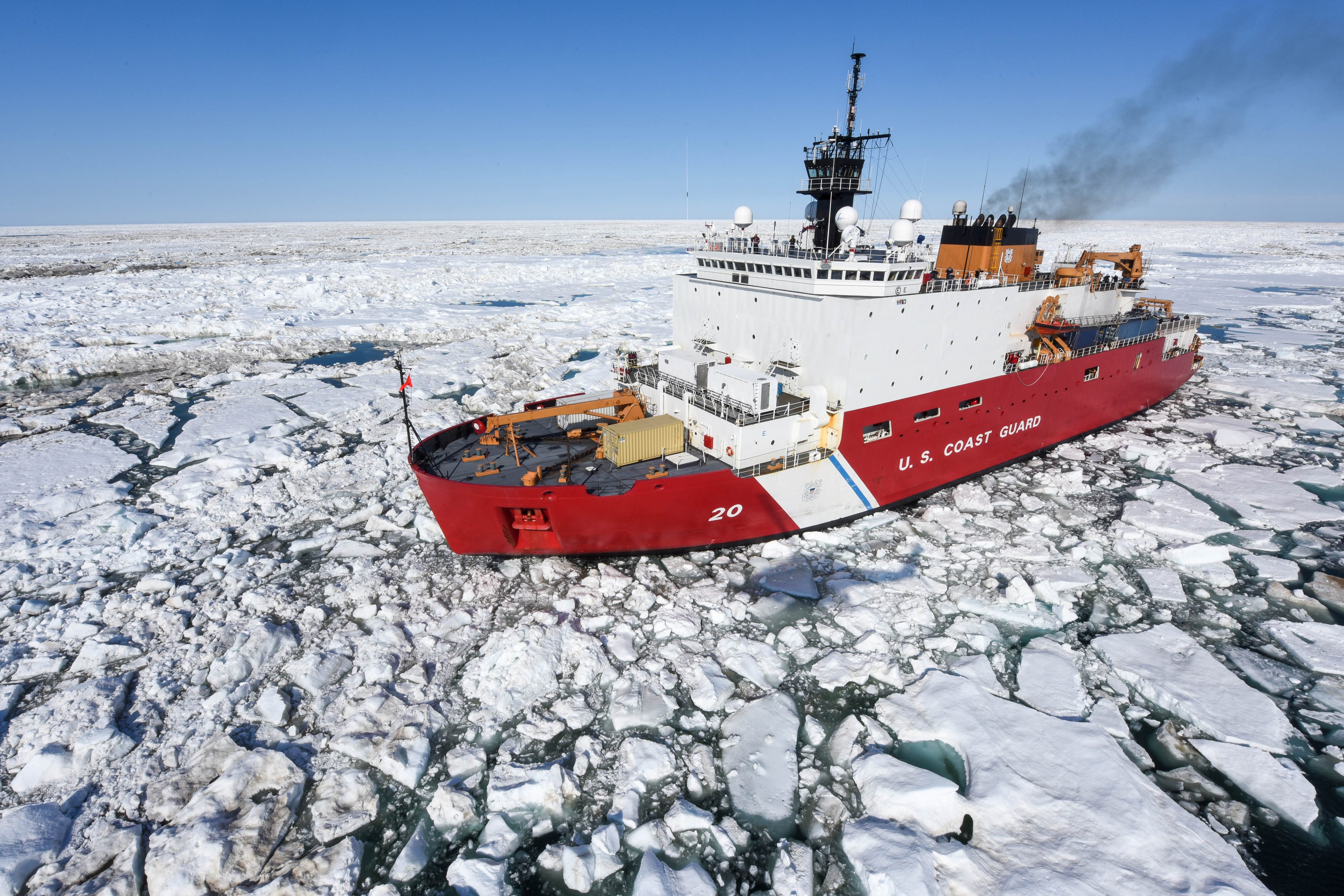U.S. Coast Guard announces plans for a third heavy icebreaker
There's also a plan for three new medium icebreakers. But neither plan has a timeline yet.

Adm. Karl L. Schultz, commandant of the U.S. Coast Guard, said the service has plans to build a third heavy icebreaker, and intends to build three medium breakers after that.
In a speech in Charleston, S.C., on Thursday, Schultz highlighted the $555 million request to Congress for a second icebreaker in the Trump administration’s proposed budget for fiscal year 2021 that was released last week.
“And the good news is, there’s an acquisitions and funding strategy beyond that to build a third,” he said.
But Schultz did not mention a timeline for this third icebreaker.
Last May, he said the budget for 2021, which begins on Oct. 1, 2020, would “get after” awards for both the second and third icebreaker.
[Trump’s 2021 budget includes more funding for icebreakers, other Arctic priorities]
The president’s budget request only includes funding for one — although that could change in the final budget passed by Congress.
In April 2019, the Coast Guard awarded a contract to build its first heavy icebreaker in nearly half a century.
But the U.S. Government Accountability Office recently released a report detailing concerns that the construction timeline of this icebreaker may be too ambitious.
Delays in funding for subsequent vessels could push back the introduction of the three heavy breakers beyond 2028, which was the goal Schultz mentioned in May.
Schultz also announced that the Coast Guard is “developing operational requirements for medium icebreakers,” with the aim of establishing a fleet of “at least” three heavy icebreakers followed by three medium icebreakers.
The Coast Guard will use those discussions to inform a vessel design for the medium icebreakers. The design for the Healy, the only active medium icebreaker in the Coast Guard fleet, is already two decades old.
Schultz called the current fleet of two icebreakers “woefully unacceptable.”
“We must up our game with respect to high-latitude presence,” Schultz said, borrowing language from Gen. James Mattis, the former secretary of defense.
In addition, Schultz stressed the need for better Arctic communications.
“When Healy sails this summer, it will do so, yet again, without reliable communications for large portions of its multi-month patrol,” he said.
And existing land-based communications in the North frequently fall prey to the unforgiving environment. “Just last month, the harsh environment of northern Alaska once again degraded communications equipment,” he said.
He told a story about three officers trying to fix that equipment. After their snowmobiles stopped working in the cold, they pulled their supplies on sleds and then dug through several feet of snow by hand in order to make temporary repairs that could last until the harsh weather lifts this summer.
In order to address this “communication blackout” in the far North, he said, the Coast Guard is exploring new satellite communications capabilities with the Department of Defense and private industry, as well as improving land-based communications in Alaska.
Schultz first framed the Coast Guard’s engagement in the Arctic in terms of international competition, speaking of malignant “foreign competitors” who “seek to encroach on American sovereignty, exploit our natural resources, and potentially limit access to shipping routes.”
But at the end of his discussion on the Arctic, he also highlighted the importance of cooperation in the region, especially through partnerships.
“Through strategic forums, the Coast Guard’s a leader, maintaining a safe and prosperous Arctic region where cooperation is paramount, and the eight Arctic States rightfully set the terms of governance,” Schultz said.